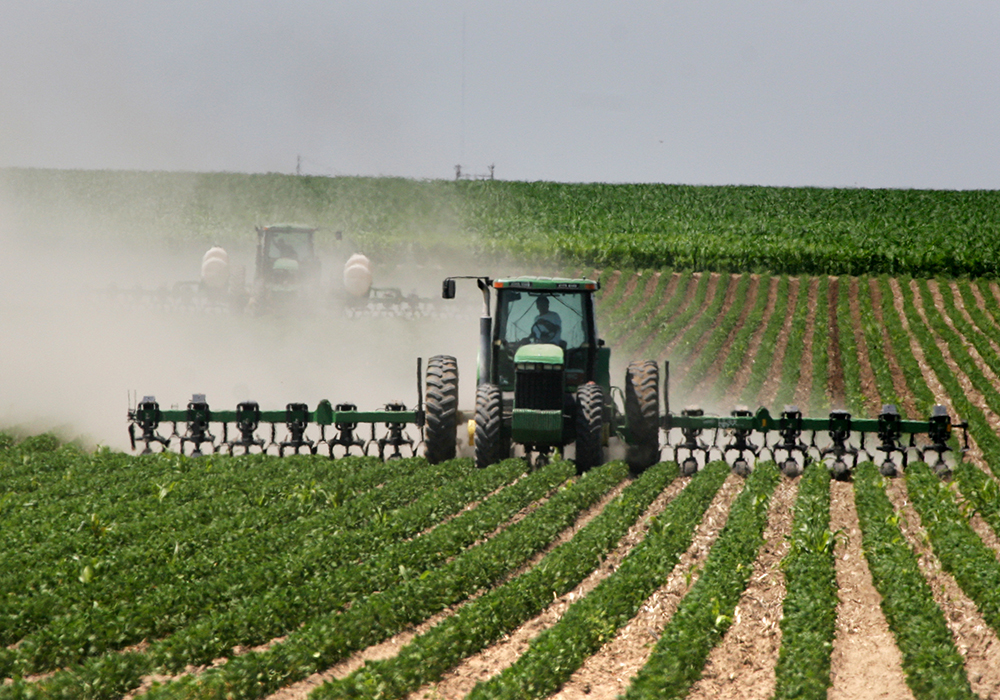SASKATOON — A leading agricultural economist thinks the United States soybean sector is going to have a “very ugly” 2024 and early 2025.
Scott Irwin, professor of agriculture at the University of Illinois, is bearish on crush and export demand for the oilseed.
Related stories:
“Unless the U.S. has a substantial production problem this summer, it’s hard for me to see how 2024-25 ending stocks don’t end up above 500 million bushels,” he said.
Read Also

New coal mine proposal met with old concerns
A smaller version of the previously rejected Grassy Mountain coal mine project in Crowsnest Pass is back on the table, and the Livingstone Landowners Group continues to voice concerns about the environmental risks.
That would result in an average farm price of about US$10.75 per bu. for the upcoming year, which is below the USDA’s forecast of $11.20 based on its ending stocks estimate of 445 million bu.
If U.S. soybean prices falter, it could pressure Canadian canola prices as well, because the two crops are linked.
The USDA is calling for 2.43 billion bushels of soybean crush, a 125 million bu. increase over the current crop year. Irwin thinks it will be half of that as the renewable diesel and crush sectors struggle with overcapacity issues.
“The entire sector got way out over its skis in terms of expansion of renewable diesel and soybean crush capacity,” he said.
Crushers built capacity in anticipation of much higher Renewable Fuel Standard mandates. The industry was blindsided by the U.S. Environmental Protection Agency’s conservative mandates.
Irwin said the soybean industry is also facing intense pressure from alternative renewable diesel feedstocks that have better carbon intensity scores.
The U.S. is importing huge volumes of used cooking oil and tallow as well as domestically produced corn oil.
Rich Nelson, chief strategist with Allendale Inc., agrees with Irwin that 2024-25 ending stocks will be higher than the USDA forecasts. However, he disagrees with thoughts about crush demand. Crush has been running at two to nine percent over last year’s pace.
If he plugs in a four percent increase for the year, that would exceed the USDA’s target by 14 million bu.
“The crush estimates will be raised in the coming months, not lowered,” said Nelson said.
That won’t be enough to make up for the elevated carry-in caused by “terrible” old crop exports, that will end up 50 to 100 million bu. below the USDA’s forecast.
Nelson also noted the 2024 crop is off to a good start. Yields could be slightly higher than average due to early planting.
Those two factors will result in 2024-25 ending stocks in the range of 475 to 500 million bu.
“I’m not going to care about the exact number,” he said. “Anything over 400 million bushels implies under $11 for November futures.”
Irwin is also concerned about export demand for soybeans. He believes the USDA is out to lunch with its forecast calling for a 125 million bu. increase in 2024-25 sales, considering there will be stiff competition from Brazil.
“And that is not even what I am most worried about for soybeans,” he said. Keeping him awake at night is the prospect of Donald Trump winning the presidential election in November.
That could be followed almost immediately by another trade war with China, which had a massive impact on U.S. soybean sales.
The U.S. exported 47.72 million tonnes of the oilseed in 2018, the year the trade war erupted. That was a 22 percent drop from the previous year.
Renewed hostilities in that simmering trade war could result in a “severe reduction” in 2024-25 exports, to the tune of 200 to 300 million bu., Irwin said.
That could push ending stocks well above his already bearish forecast of more than 500 million bu., putting further pressure on prices.
Nelson said the soybean outlook doesn’t bode well for canola, which is closely linked to soybean oil prices. He thinks soybean oil futures could fall to 40 or 41 cents per pound from 44 cents as of June 3.
Contact sean.pratt@producer.com


















